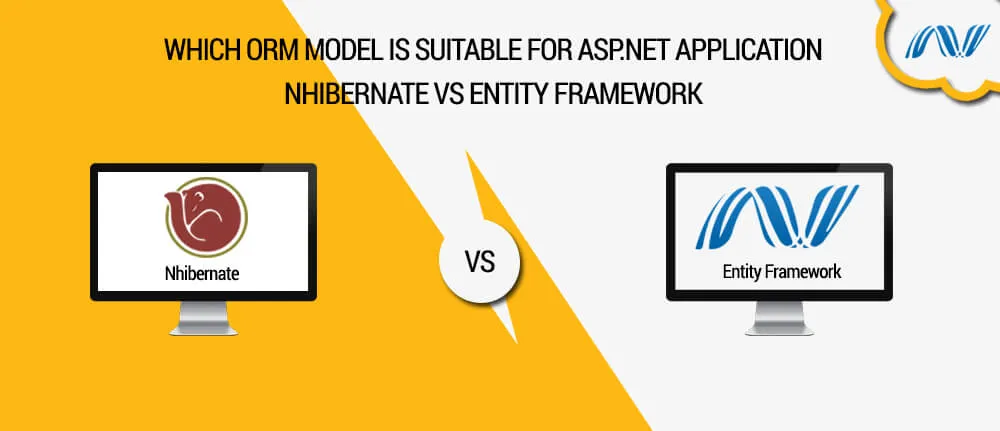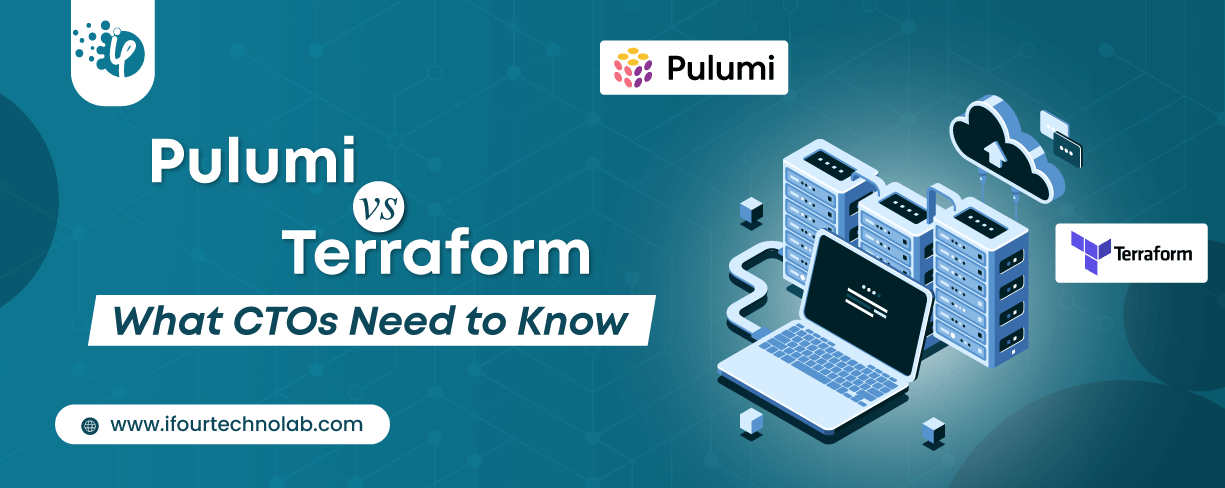Why CTOs Should Care About Shift Left Security in DevOps
Security has always been a major concern. Your company spends millions on cybersecurity tools, and guess what? You’re still vulnerable. When you're working in the cloud, especially...
Listening is fun too.
Straighten your back and cherish with coffee - PLAY !

Per ASP.NET software companies, Object Relation Mapping (ORM) is used for data processing from a relational database to modeling (logical objects or domain classes) in the programming that is more easily usable by code. In this, data-management tasks act on object-oriented objects that are almost non-scalar values. ORM models are gaining high popularity among ASP.NET software companies in USA, as it is provides better performance, scalability, reliability and maintainability to software applications.
The ORM's use is to take programmers’ LINQ statements and translate them into SQL queries for ASP.NET application . This enables a developer to write complex queries against the database without ever having to write a single line of SQL Query.
NHibernate is an Object Relational Mapping (ORM). Its objective is similar as that of other ORM architecture. NHibernate is free as open source software architecture for ASP.NET applications. It is used for mapping .NET classes to database tables (and from CLR data types to SQL data types). NHibernate also provides data query and retrieval facilities to ASP.NET software companies . It is the requirement of ORM tools to create a mapping specification that traces properties of objects map to columns in tables and/or views in database.
Entity Framework is an Object Relational Mapping (ORM) framework. This is also an open source framework. It started as commercial but then converted to freely available framework. The objective of this framework is similar to other ORM frameworks. It gives automated mechanism for data storage and data access from database.
Entity Framework also provides services like change tracking, identity resolution, lazy loading, and query translation so that developers can focus on their application-specific business logic rather than the data access fundamentals.
| Properties | NHibernate | Entity Framework |
|---|---|---|
| Mapping | It supports XML-based, Attribute-based and strongly-type code-based mappings | It supports Attribute-based and strongly-type code mappings |
| Database Support | All type of DB Providers are supported E.g. Microsoft SQL Server (including Compact Edition), Oracle, Microsoft Access etc | It supports SQL Server, SQL server compact edition provider, SQL Lite, SQL azure, oracle, MySQL |
| Code First Mapping Support | Yes | Introduced from version 4.0 |
| Lazy Loading Support | Lazy loading for associated entities (one to one, many to one) Collections (one to many, many to many); Scalar properties (thing of BLOBs or CLOBs). | Lazy loading for Associated entities Collections |
| Migrations Support | Supports only initial schema generation | Built-in schema migration support Also supports seeding of the initial database |
| Asynchronous call | No | Yes |
| Connection resiliency | Third party solutions exist with NHibernate.SqlAzure | This feature was added to version 6; the connection resiliency feature automates the process of retrying failed SQL statements |
| Code based Configuration | NHibernate 3.2 with Fluent-NHibernate | Available from version 4.1; Entity Framework automatically finds a class that derives from DbConfiguration; One can use the DbConfiguration class to complete configuration tasks in the source code. |
| Querying API | LINQ provider for NHibernate and Query Over–Similar to Criteria API, but uses strongly-typed LINQ expressions instead of strings. This is also the most commonly used today. | Linq to Entities most used Entity-SQL-object oriented, database independent querying language Plain SQL |
| Documentation | Poor, but good forum support is available | Good |
| Cascading Support | Yes | Yes |
| Caching | Support second level caching | Yes from version 6.0 |
| Cascading Support | Yes | Yes |
| Tracking changes | Change tracking at the unit of work level | Change tracking at the unit of work level Entity Framework also offers self-tracking entities. |
| Events | NHibernate has a very rich event model, that exposes more than 20 events, either for synchronous pre-execution or asynchronous post-execution, including Pre/Post-Load Pre/Post-Delete Pre/Post-Insert Pre/Post-Update Pre/Post-Flush | Entity Framework only has two event-based extension points: ObjectMaterialized SavingChanges. |
| Batching Support | NHibernate has full support for insertion batching, but only if the ID generator in use is not database-based (for example, it cannot be used with Identity) | No |
| Flushing Changes | NHibernate’s ISession has a FlushMode property that can have the following values: Auto Commit Never | Entity Framework, changes have to be explicitly sent through a call to AcceptAllChages() SaveChanges() |
| Custom type and collection support | Yes | No |
| .NET 4.5 Support | Yes | Yes (with improved performance) |
| Complexity | Higher | Easy |
NHibernate and Entity Framework both are equally capable Object Relation Mapping (ORM) and suitable for all types of ASP.NET software applications. In view of ASP.NET software companies, both Frameworks are used for processing relational data to domain specific objects. Entity framework is easier for someone familiar with Microsoft stack technology.
Both NHibernate and the Entity Framework provide the capabilities required to implement an ORM using the Model First approach. The Framework creates the classes defined in the data model, NHibernate does not. Nonetheless, from a developer point of view, creating the entities and their relationships by hand does provide greater insight into the detailed aspects of the program.

Security has always been a major concern. Your company spends millions on cybersecurity tools, and guess what? You’re still vulnerable. When you're working in the cloud, especially...

Automation isn’t just a trend anymore. It’s a must-have for any business relying on the Cloud. As the firm grows, cloud infrastructure gets more complex. So, choosing the right Infrastructure...

Behind every diagnosis, there is a patient hoping for clarity, and a doctor striving to deliver it. That’s exactly where Microsoft Azure AI Foundry steps in. It’s the next wave...